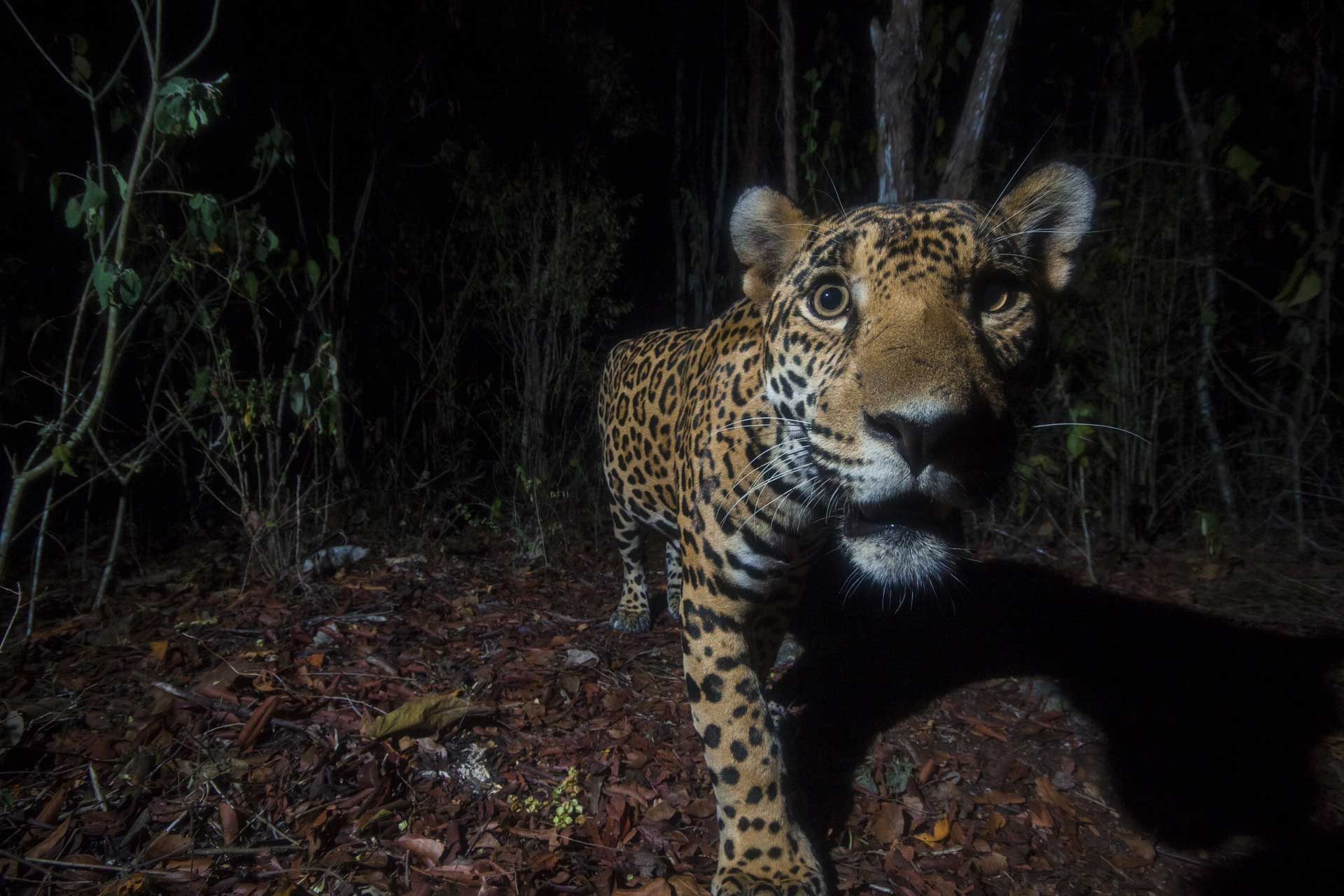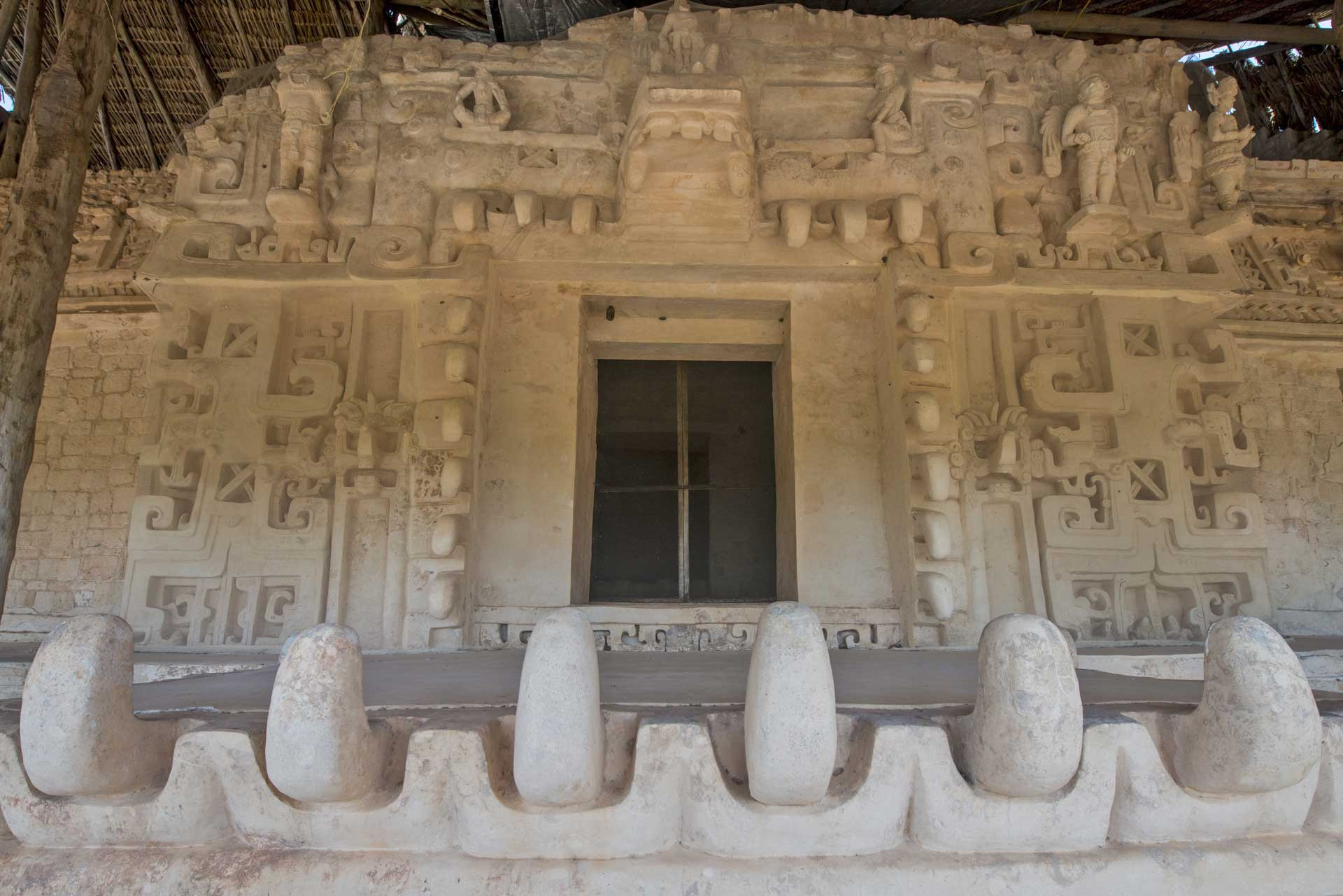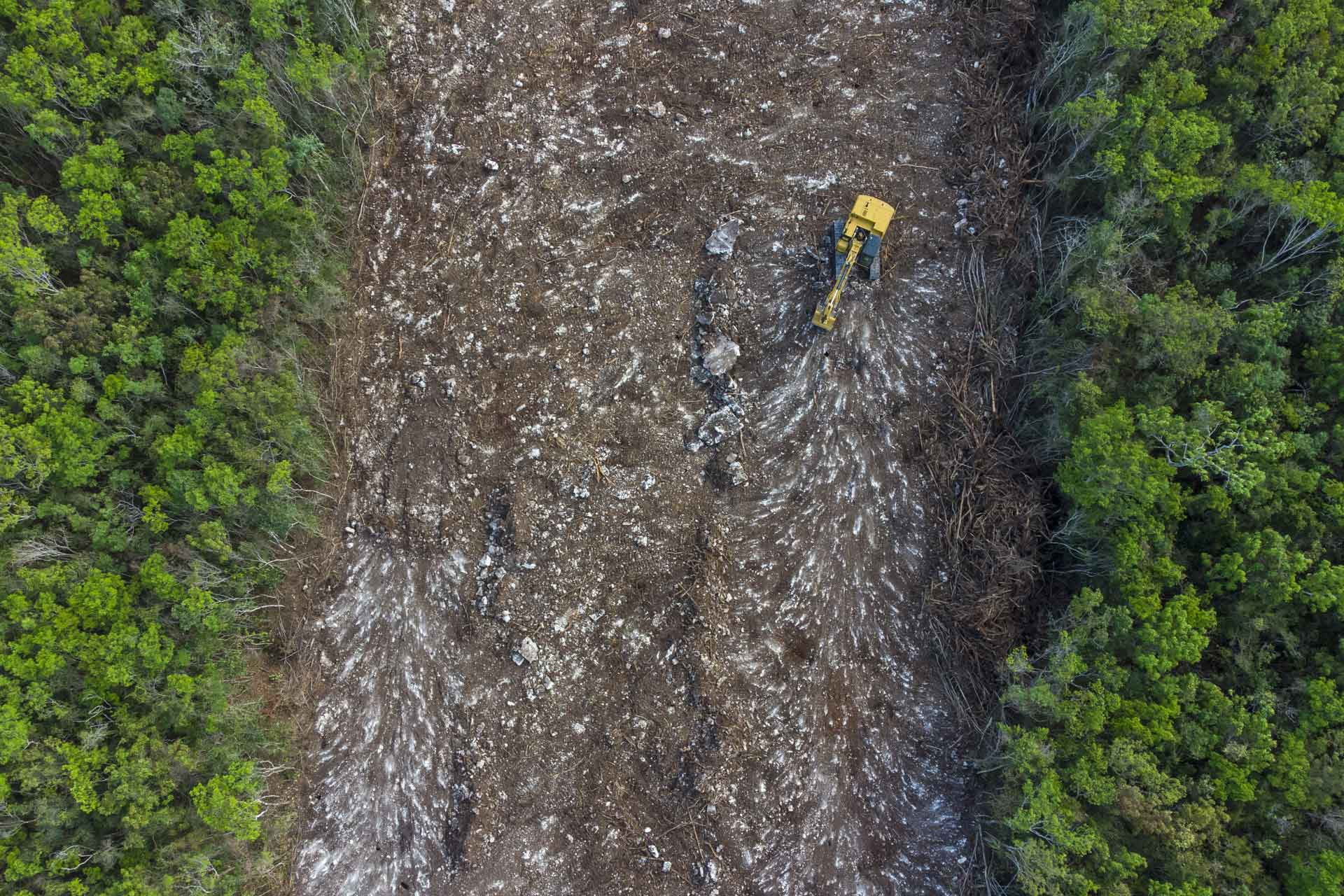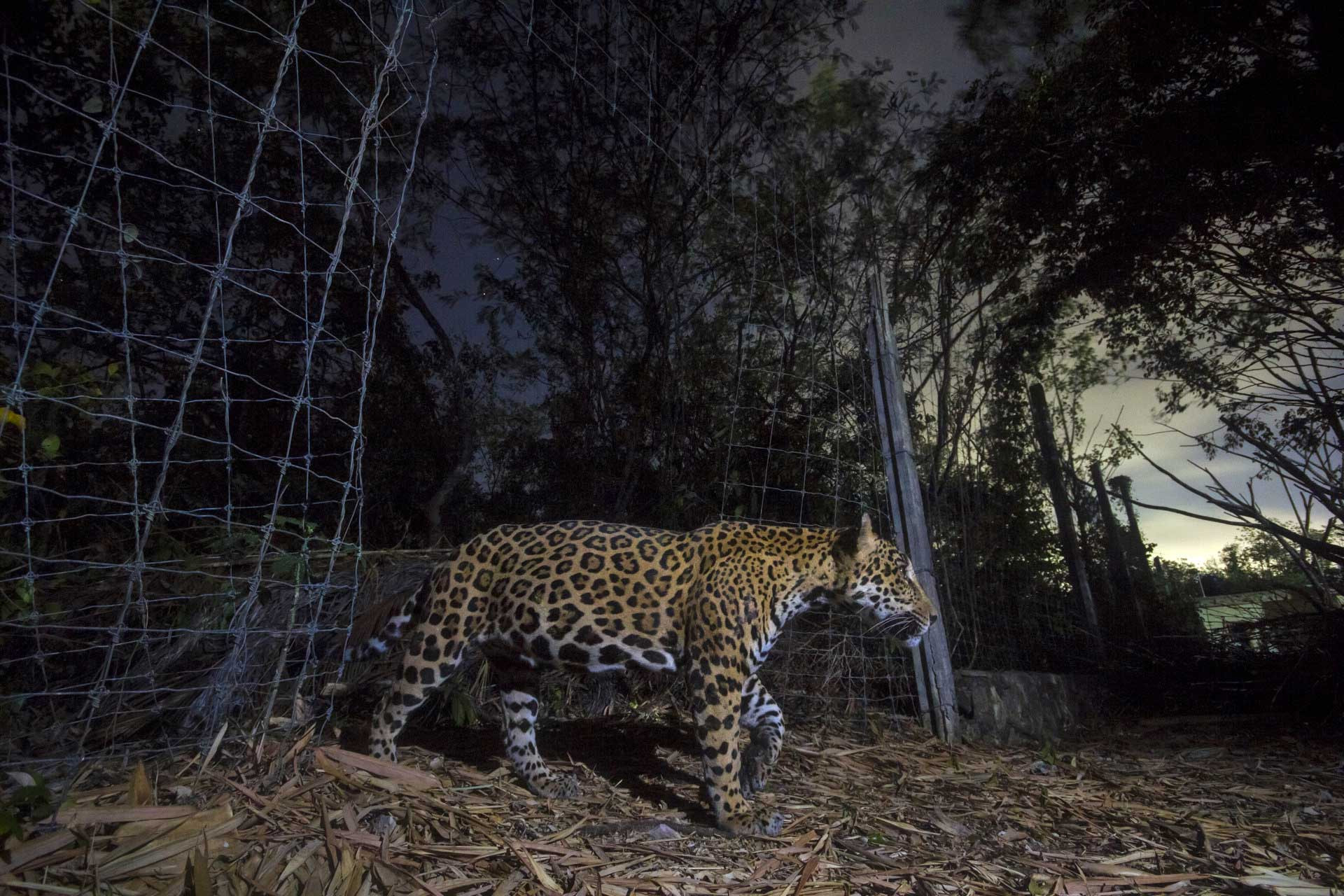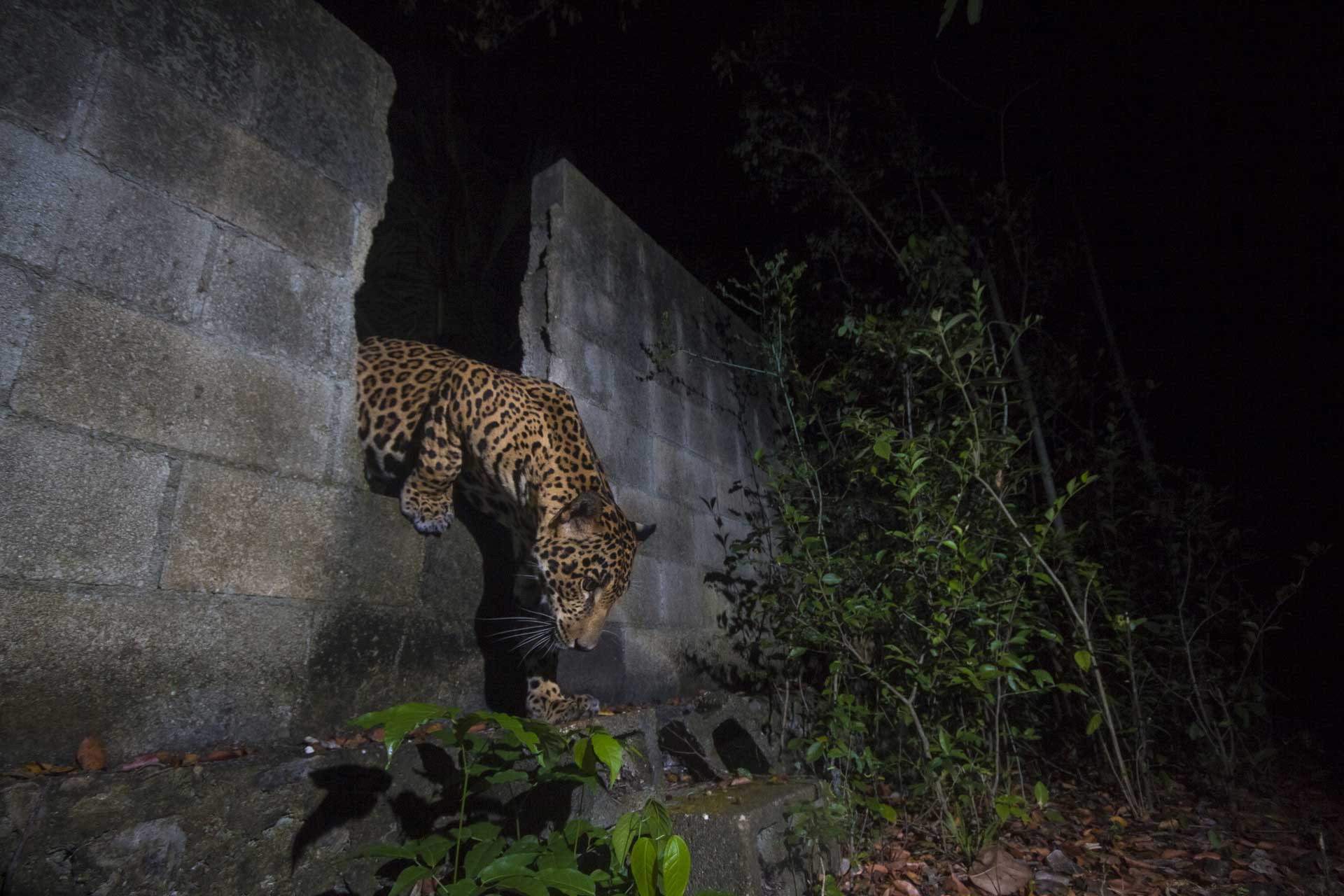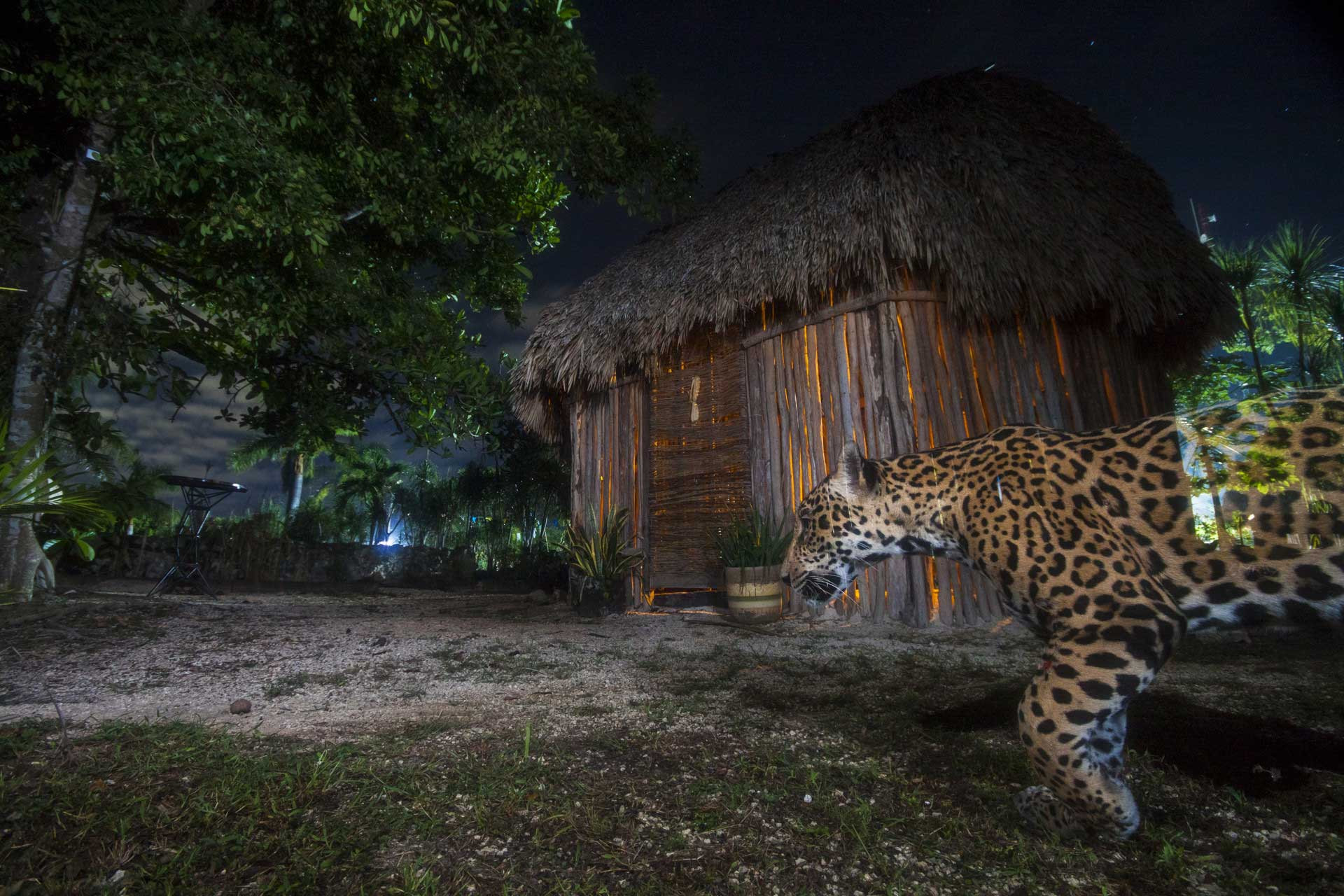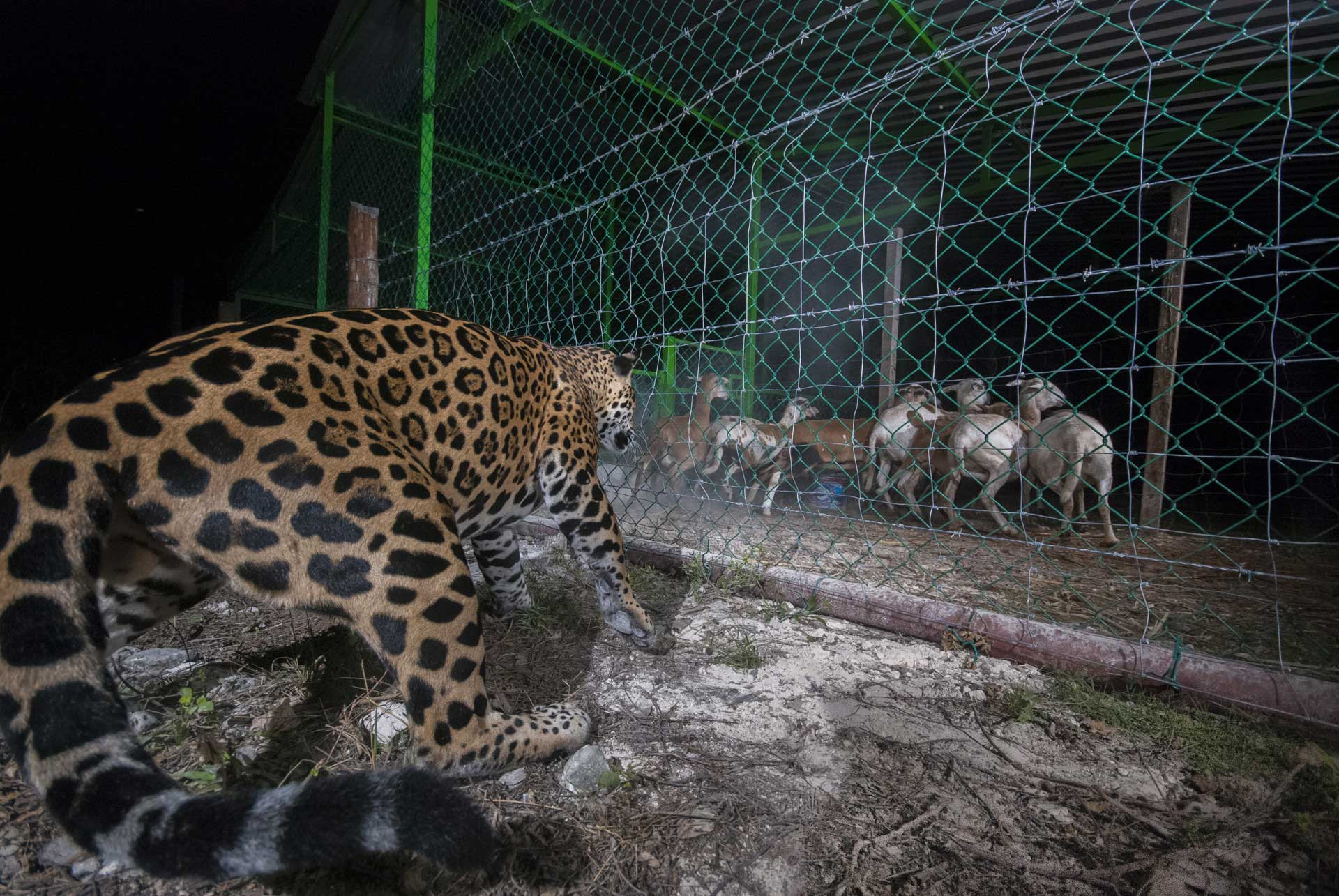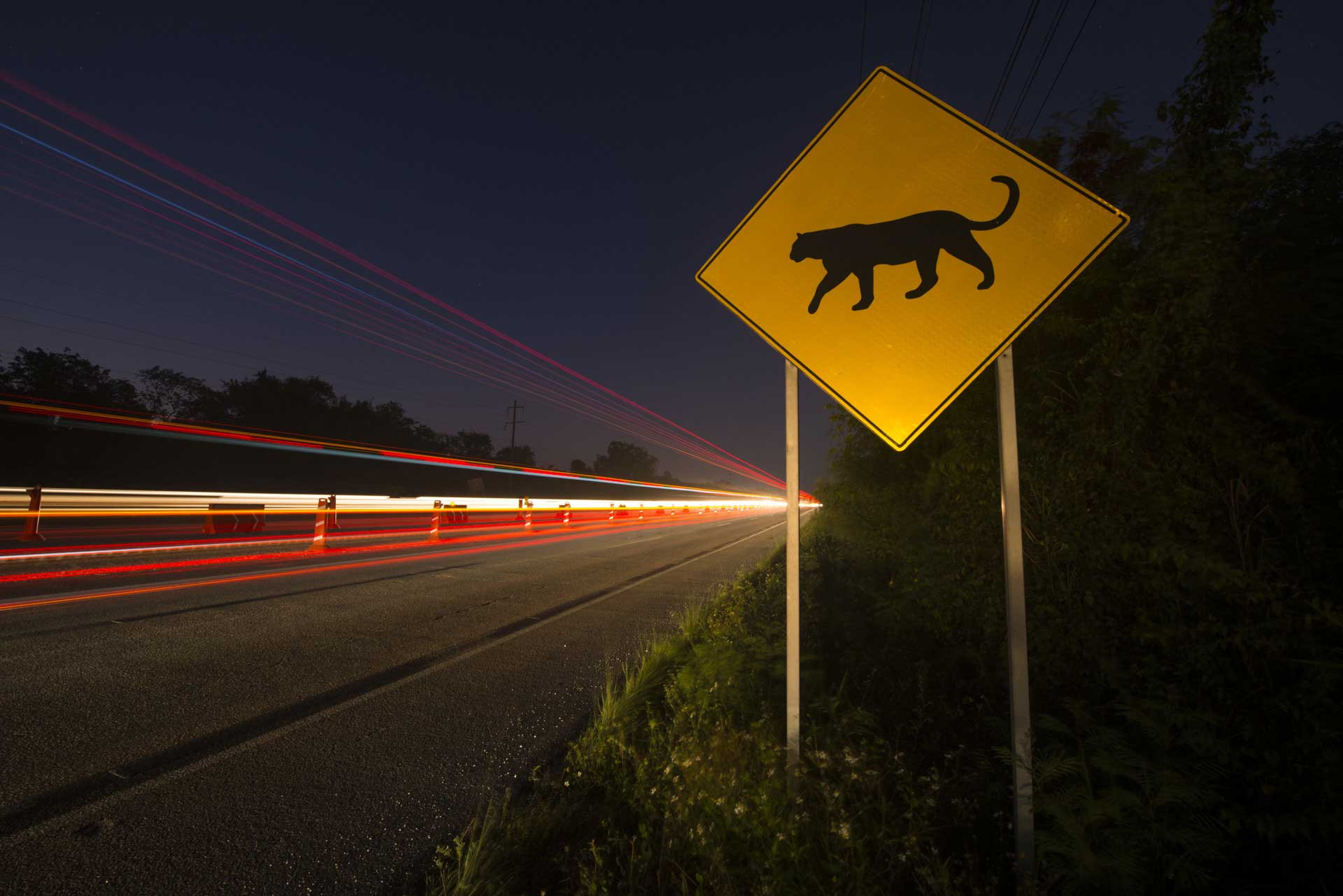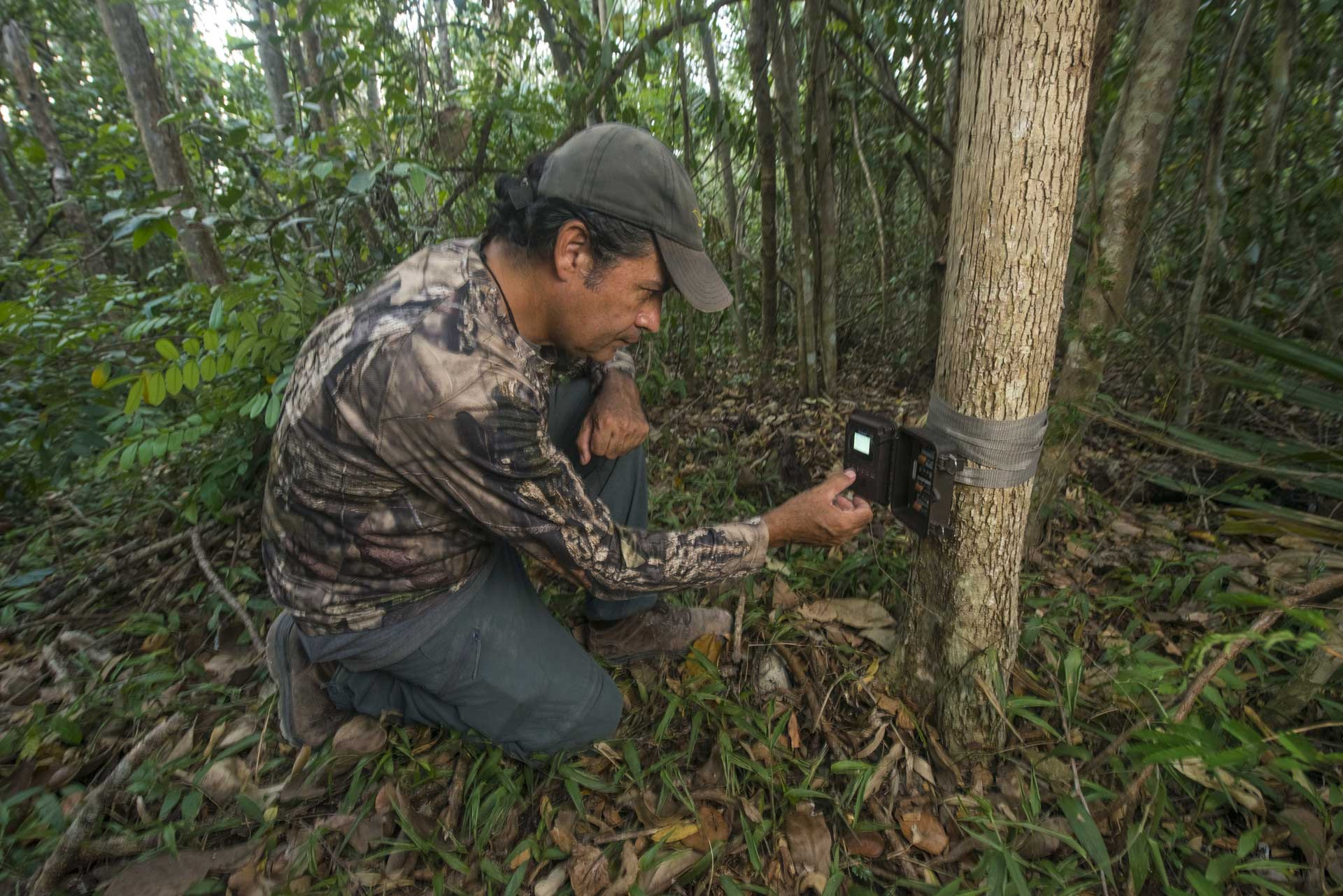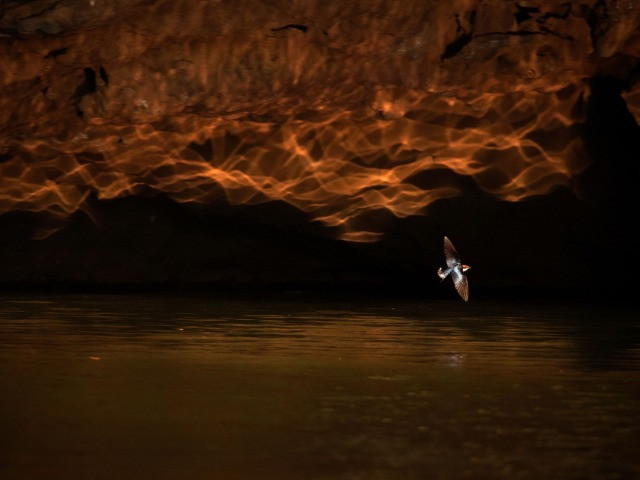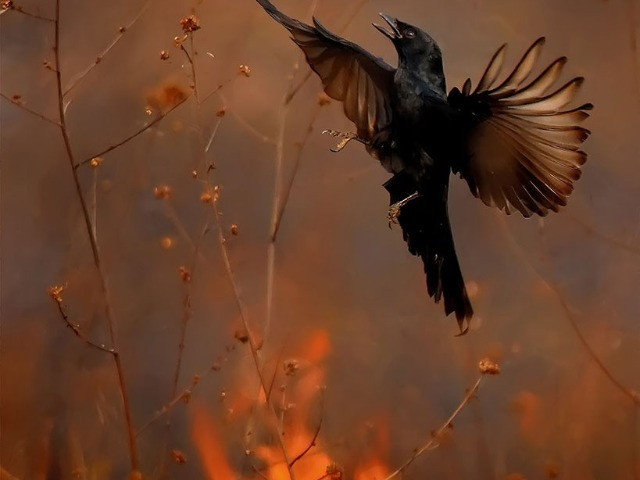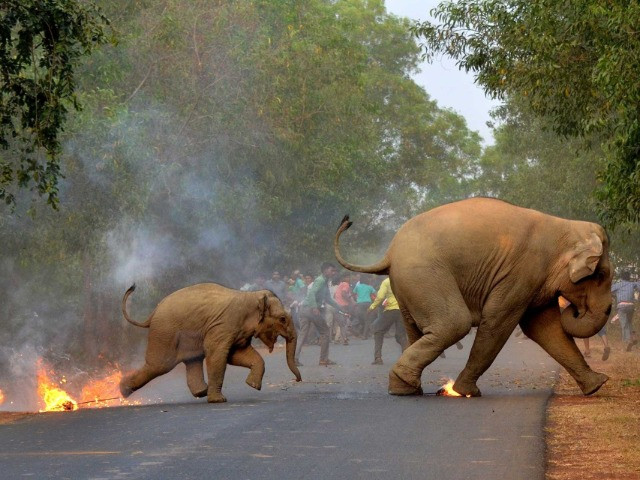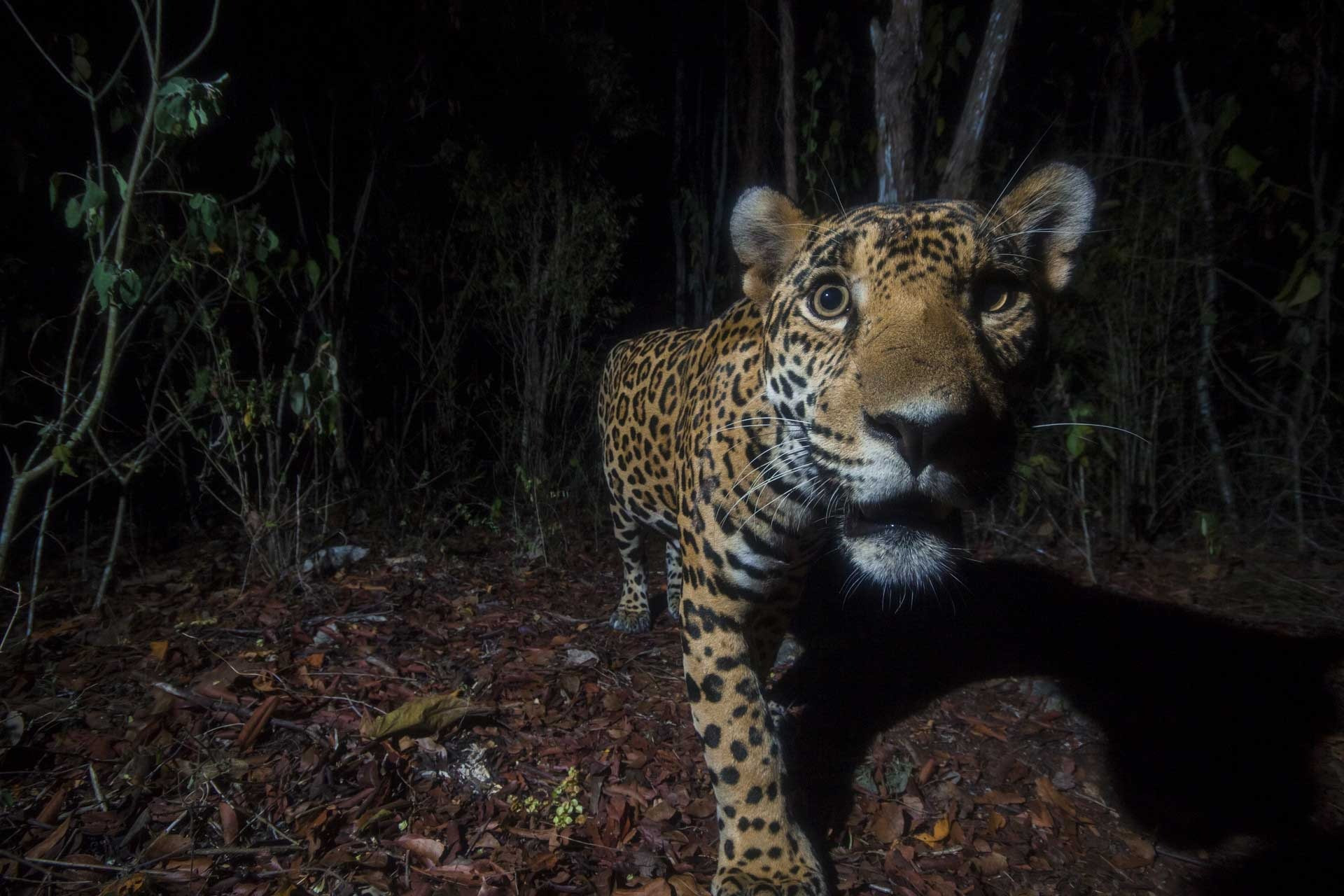
Winner | Photographer of the Year – Portfolio
In Mexico's Yucatan Peninsula, the Maya jungle is undergoing massive deforestation, forcing its endangered apex predator, the Jaguar, to move into human settlements
by — Fernando Constantino Martinez Belmar
Balam—The Endangered King of the Mayan Jungle
Balam (Jaguar in the Mayan language) is a species of high cultural and ecological significance in Mexico. The apex predator requires large tracts of land to survive and is considered a great indicator of the region's ecological health.
Listed as Near Threatened on the IUCN Red List, illegal hunting, habitat fragmentation and destruction have seen an increase in negative interactions between the cat and humans. As their habitats reduce, and therefore, their prey population base, Jaguars are forced to approach human settlements to feed on livestock, which rarely bodes well for the big cat.
Despite all this, there are people dedicated to the study and conservation of these cats, which allows for developing strategies to preserve their natural habitats and mitigate the negative impacts of human actions.
A Jaguar walks past a camera trap in the Mayan jungle of Quintana Roo, Mexico.
Large swathes of Mexico's Yucatan Peninsula together form the Maya Forest, the home of the Jaguar.
The Jaguar is one of the most sacred animals in Mayan culture. Today, we can see many representations of the cat in archaeological sites in the Yucatan Peninsula.
Habitat destruction and fragmentation pose a major threat to Jaguars and other animals within the Yucatan Peninsula.
A Jaguar crosses a fence into private property. With fewer natural spaces, these cats are forced to get closer to human settlements.
Another example, as a Jaguar finds a way through, jumping over a broken wall.
Nowadays, Jaguars are frequently seen around Mayan villages, ranches, and even in some urban areas.
A Jaguar is ready to pounce on livestock, safe within an enclosure in a ranch near the forest. With the reduced prey population, owing to illegal hunting, these cats are forced to turn to human settlements for food.
A Jaguar crossing sign on the Playa del Carmen-Tulum highway in Quintana Roo, Mexico. It is one of the busiest roads in Mexico, where thousands of animals succumb to speeding vehicles every year.
Raúl Padilla is a wildlife conservationist who has dedicated his life's efforts to protecting the Jaguar and its habitat.

